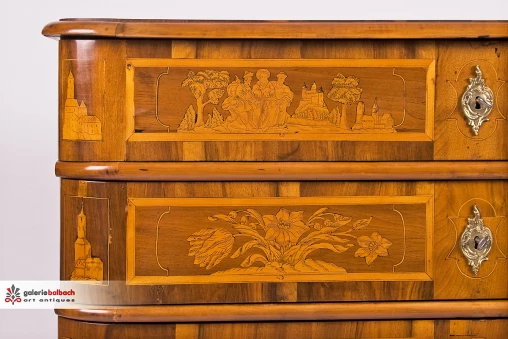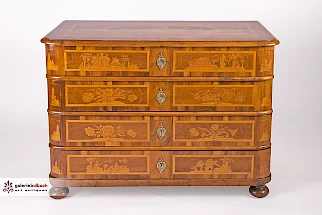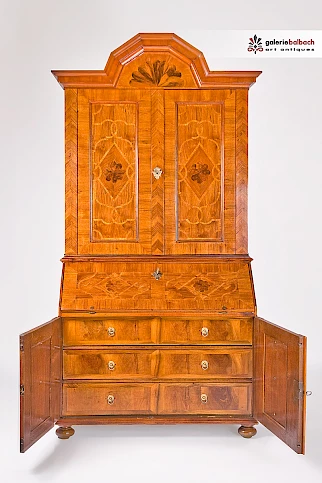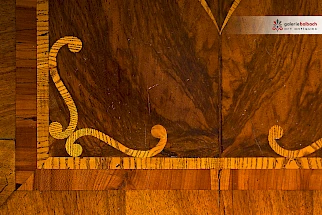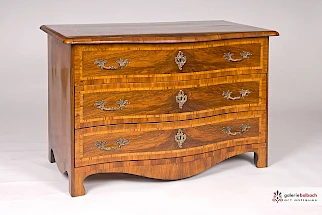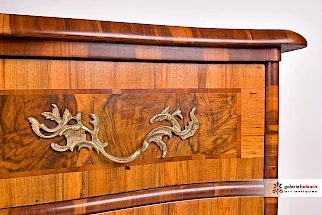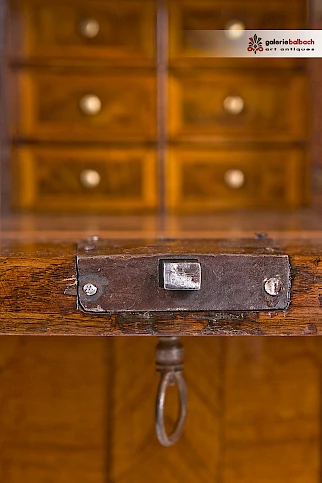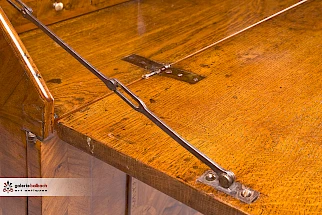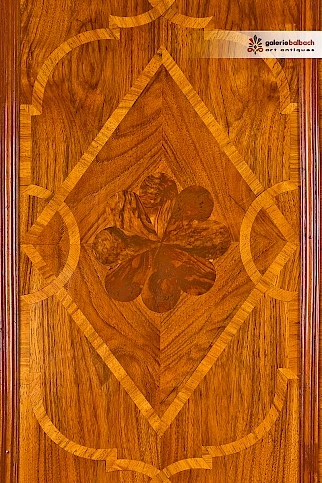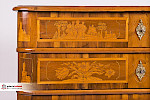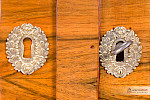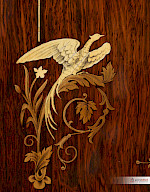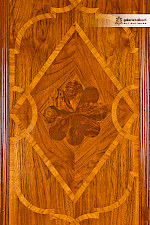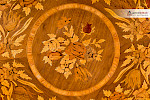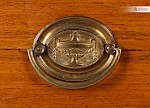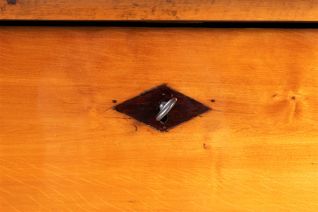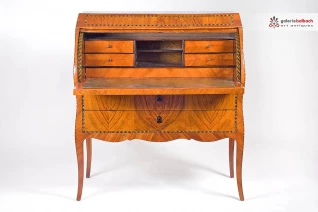Baroque
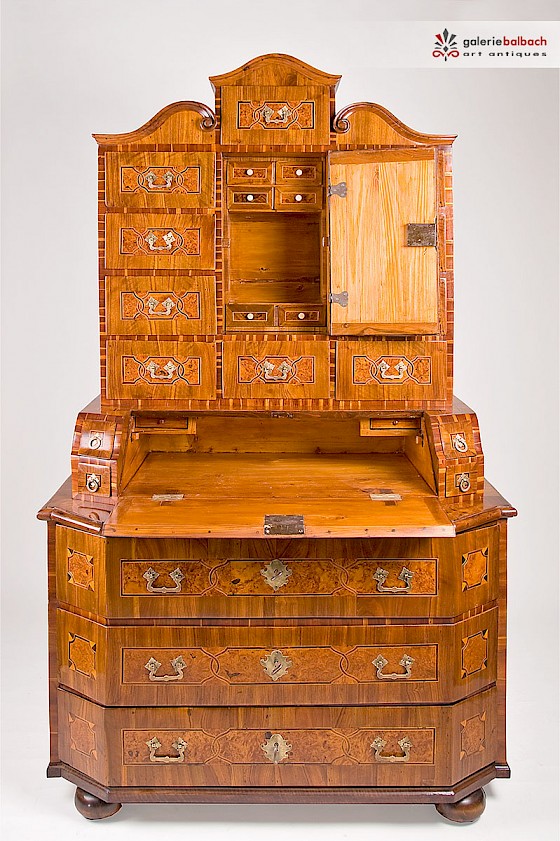
The term "baroque" derives from the French "baroque" and literally means as much as crooked, irregular and strange, but also turgid or ridiculous. The term was first used in the beginning of classicism to describe the peculiar formal language of that time. Since the beginning of the 20th century, the term has been used as a stylistic designation for the entire epoch.
The Baroque is divided into Early Baroque (from 1600), High Baroque (from 1650) and Late Baroque (from 1690). In Germany, it was not until 1700 that the full development of a very late but glamorous Baroque came about.
Baroque furniture
In the Baroque period, the chest, which had been very popular until then, changed into a chest of drawers. The most commonly used woods were oak and walnut, and the technique of veneering became increasingly important.
The shape of the furniture varied greatly from region to region, so it is very easy to assign baroque furniture to specific regions. In general, one can say that curved, symmetrical forms were popular. Mirrored veneers, inlays and ivory inlays gave the furniture its special character. The so-called bandelwerk marquetry is particularly typical of German Baroque furniture. Additionally applied bronze ornaments were fire-gilded in an elaborate technique.
The locks and fittings were elaborately forged and often finely chased. They were fastened with forged nails or hand-filed screws that were simply slotted at the heads.
Also interesting
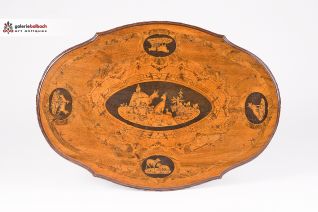
Ink painting
Ink painting (painting with ink) is used for the fine decoration of veneer surfaces. On antique furniture, we [...]Read more
